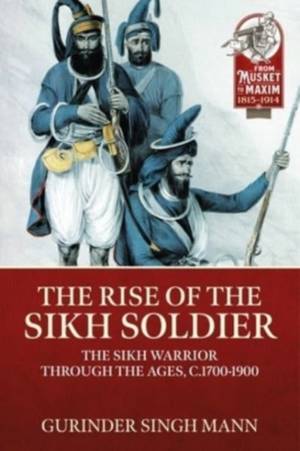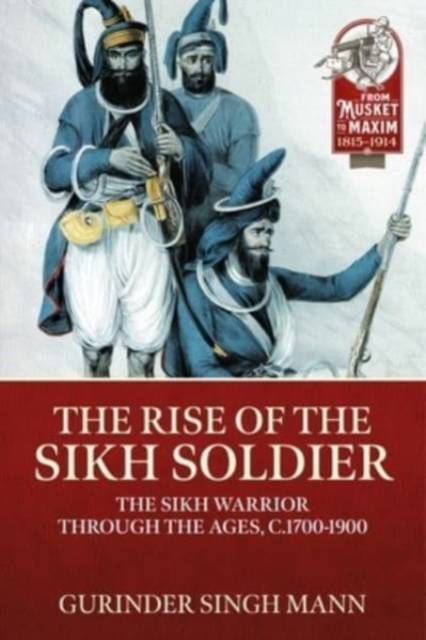
- Retrait gratuit dans votre magasin Club
- 7.000.000 titres dans notre catalogue
- Payer en toute sécurité
- Toujours un magasin près de chez vous
- Retrait gratuit dans votre magasin Club
- 7.000.0000 titres dans notre catalogue
- Payer en toute sécurité
- Toujours un magasin près de chez vous
34,95 €
+ 69 points
Description
The might and military prowess of the Sikhs has been recorded in the annals of history but what actually constitutes this development has seldom been understood or discussed in a meaningful context. This book considers the rise of military methods from the time of the Gurus, and what the tenth preceptor Guru Gobind Singh was trying to achieve with the formation of the Khalsa, or fraternity of the pure. The development of saint soldiers during the testing time of the Misl, or Confederacy period, considers the role of Jassa Singh Ahluwalia and Charat Singh Sukerchakia. The author also looks at the formation of the Sikh Empire in the nineteenth century, and considers the role of Maharajah Ranjit Singh, and his notorious warriors Akali Phula Singh and Hari Singh Nalwa. Underrepresented female warriors, such as Sahib Kaur and Sada Kaur, are also given coverage to reflect their important, but largely forgotten, part in Sikh history.
During the reign of Maharajah Ranjit Singh there was a deliberate change in military methods of the Sikhs. The movement from the predominant favoring of cavalry to the Europeanization of the Sikh Army is examined. The Anglo Sikh Wars of 1845-1846 and 1848-1849 are given consideration in terms of the military tactics used by opposing armies, along with a brief examination of the major battles and the course of the war. After the Anglo-Sikh Wars the Sikhs became an important part of the British military forces in the Indian Empire, and the deployment of Sikhs in campaigns during the time of the British Indian Army, many outside of the subcontinent, is also considered.
The book is supplemented with maps of battles, and illustrated with rare military images, relics, and artifacts, together with the appendices citing important documents and letters.
During the reign of Maharajah Ranjit Singh there was a deliberate change in military methods of the Sikhs. The movement from the predominant favoring of cavalry to the Europeanization of the Sikh Army is examined. The Anglo Sikh Wars of 1845-1846 and 1848-1849 are given consideration in terms of the military tactics used by opposing armies, along with a brief examination of the major battles and the course of the war. After the Anglo-Sikh Wars the Sikhs became an important part of the British military forces in the Indian Empire, and the deployment of Sikhs in campaigns during the time of the British Indian Army, many outside of the subcontinent, is also considered.
The book is supplemented with maps of battles, and illustrated with rare military images, relics, and artifacts, together with the appendices citing important documents and letters.
Spécifications
Parties prenantes
- Auteur(s) :
- Editeur:
Contenu
- Nombre de pages :
- 290
- Langue:
- Anglais
- Collection :
Caractéristiques
- EAN:
- 9781915070524
- Date de parution :
- 06-06-22
- Format:
- Livre broché
- Format numérique:
- Trade paperback (VS)
- Dimensions :
- 152 mm x 234 mm
- Poids :
- 566 g

Les avis
Nous publions uniquement les avis qui respectent les conditions requises. Consultez nos conditions pour les avis.






